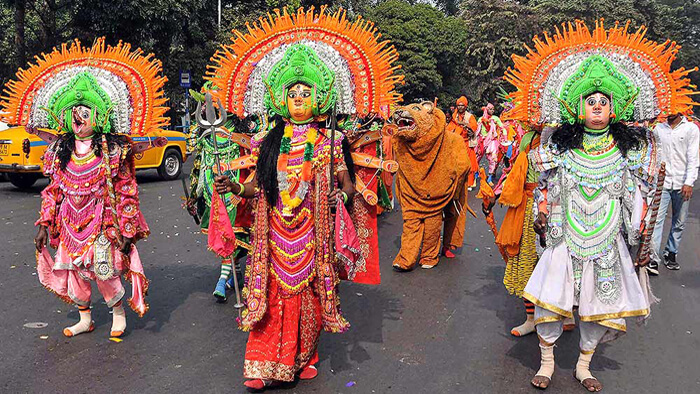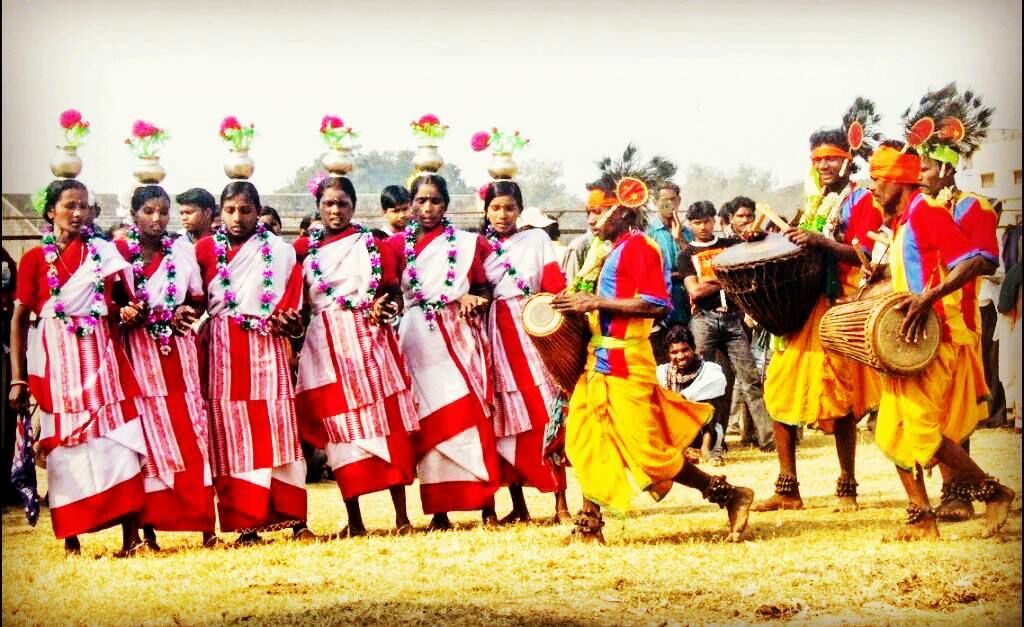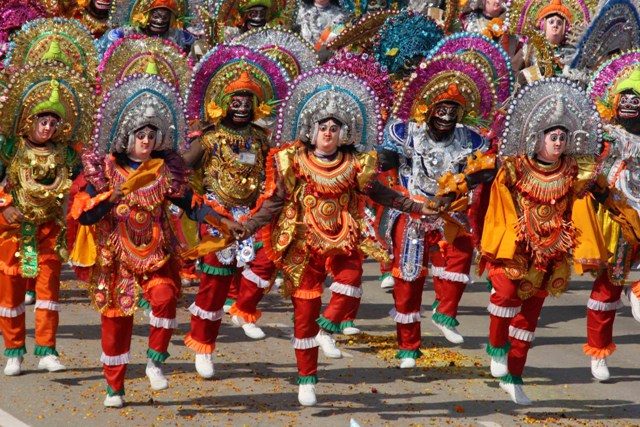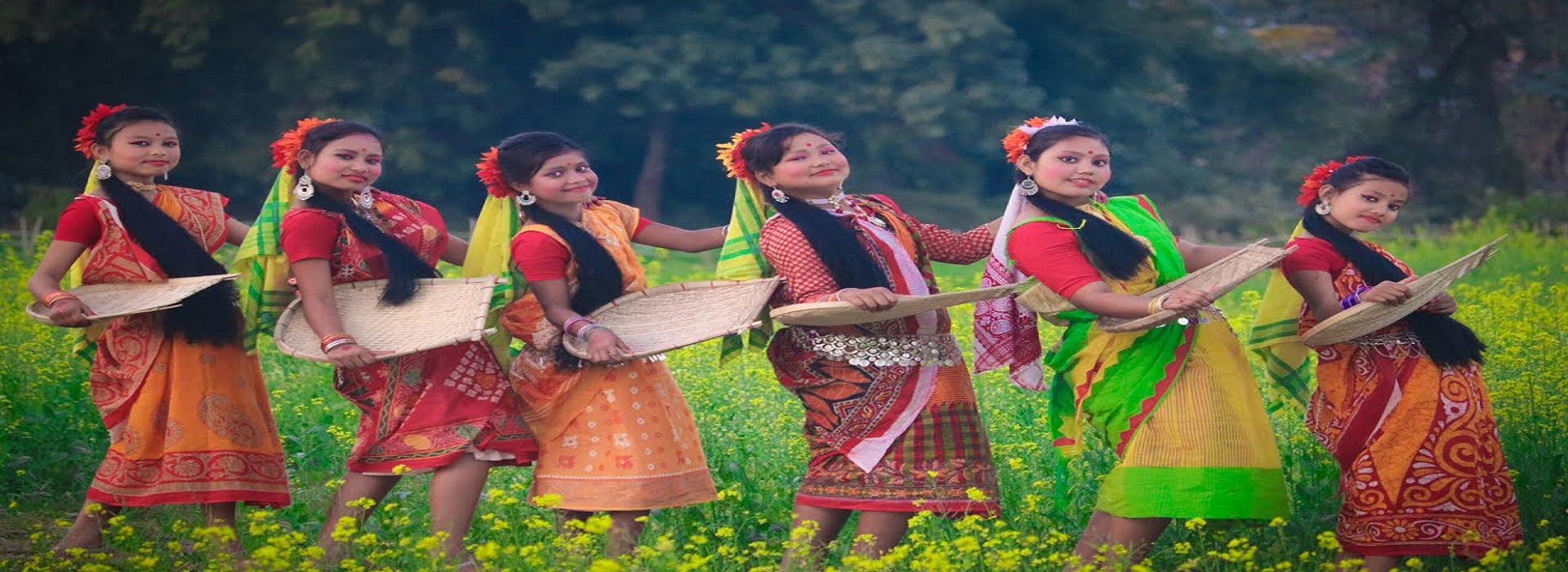There are many types of traditional folk dances in West Bengal, including the rabindrasangeet, tusu, and lathi dances. In this article, I’ll briefly explain the basics of each dance and describe how they’re performed. Hopefully, this will get you excited about the dances that are unique to this region. Then, you can check out some of these traditional folk dances and learn more about them!
Rabindra Sangeet
The Rabindrasangeet is arguably the most famous folk dance of West Bengal. The dance is also associated with the legendary poet Rabindranath Tagore. The dance has a distinctly spiritual undertone and is traditionally performed by barren women in order to gain the blessing of the gods and the birth of their child. Despite its spiritual significance, the dance is not a mandatory part of the Bengali cultural program.
While West Bengal is best known for its iconic bridge, the region is also home to some of the most unique temples in the world. These temples attract pilgrims who pour into the religious sites to offer their respect and worship. The region is also known for its festivals, which are celebrated with great fervor and adorned with lively folk dances. While the Rabindrasangeet is a traditional folk dance of West Bengal, the underlying musical tradition is the same as those of the Bengali people.
The lyrical form of Rabindra Sangeet is based on the Bengali songs composed by the towering figure of Indian music, Rabindranath Tagore. The music is a mix of Bengali folk music and Hindustani classical. Both the music and lyrics have equal importance in the Rabindrasangeet. The songs are usually accompanied by instruments like the tabla.
Gambhira dance West bengal
The Gambhira dance is a traditional performance of the Maldah people of West Bengal. It usually involves two dancers, one of whom plays the role of nana (a maternal grandfather) and the other a grandson. The dance is formulated as a dialogue between these two characters. This traditional dance is a form of ritualistic drama that conveys social issues in a humorous way.
In ancient times, the Gambhira dance was a Puja, accompanied by the sound of a Bengal Drum. This puja ceremony was associated with the worship of Lord Shiva, and the dance is often accompanied by the music of the God. Historically, the dance was thought to be accompanied by the presence of Shiva. However, it has now become a part of the festival that is not associated with Hinduism.

The dance is performed by men dressed up as women. Music is played using various musical instruments, including a flute and a bowd. The narration is usually in Bengali, with a secondary part in colloquial language. This dance is performed by the rural community of West Bengal. It is especially prominent in Malda and Rajshahi, and is associated with the Gajan festival of Lord Shiva.
Besides the Gambhira dance, the Gambira dance and the Santhal dance are also popular folk dances in West Bengal. These dances represent the culture of the people living in different parts of the state. In the North, the Gambira dance is performed by the Rabha tribe. Both these dances reveal the culture of the tribe and demonstrate unity. This dance is performed on special occasions such as festivals and funerals.
Tusu Dance west Bengal
Tusu dance, a folk dance from West Bengal, originated in the Birbhum district. The dance is performed by women and men in groups and is associated with the Tusu Parab festival held in Birbhum on the Makar Sankranti festival. It is performed during the harvest festival and is particularly popular in the Medinipur and Purulia districts. In the Tusu dance, women and men perform different steps in sync with the vocal melodies.
This folk dance is a form of entertainment for festivals and local events and is a unique expression of West Bengal culture. Each dancer performs with unique posture and aplomb. Their dance is accompanied by a rudimentary Bengali narration. There are nine different types of Tusu dance. Each one has its own beauty and is performed in different districts of West Bengal. It is an enthralling experience to watch a Tusu dance performance and learn more about this ancient tradition.

The Tusu dance is performed with an enchanting song. It has the essence of folk dance and can be a great way to celebrate a special occasion. It is performed by women, men, and children, and is accompanied by chanting and rice offerings. It is performed with great enthusiasm and celebrates a good harvest. Tusu might have originated from the Bengali word for ‘tush’ and has become a generic term for the dance.
Lathi Dance West Bengal
The famous Bengali dance, the Lathi dance, is the most popular folk dance in West Bengal. The dancers perform in a unique manner while maintaining perfect posture. These dancers are very well-trained and show great passion for the art of dance. Read on to learn more about this popular dance form. Let’s look at the history of this traditional folk dance in West Bengal. It originated during the time of the Koch dynasty in West Bengal.
The Lathi dance is performed on the occasion of Muharram (the first day of Ramadan). The performers whirl bamboo sticks in time with the rhythmic beats of the drums. The tempo of the dance starts slowly, but gradually increases. The dancers maintain the spirit and enthusiasm of a warrior as the tempo increases. A drummer guides the dancers through the dance, balancing expressions with rhythm and the sound of the drums.

The Raibense is a traditional folk dance of West Bengal. It is a warrior dance, and is named after the word “raibanshe.” Its vigorous movements are accompanied by the drum’s stirring notes. It celebrates the Bengali culture and heritage. This folk dance is unique in that it combines a martial art with a beautiful folk dance form. So what makes the Raibense so special?
Brita Dance West Bengal
The Brita Dance or Vrita Dance is a folk dance of West Bengal performed by women to worship their supreme deity. The festive culture of this state is renowned for its beautiful art, music, and dances. The Brita Dance is one of many types of folk dances performed in West Bengal, and it is special in Bengali culture because of its religious overtures to the gods.

The Brita dance is a traditional folk dance in Bengal performed by women, often in rural areas, in order to ask for God’s blessings. The dancers typically don masks and dance while holding swords to appease the deity. The Brita dance is also performed in temples as an offering to the lord to seek his blessings. Here, men add to the traditional dance by playing musical instruments.
Chaau Dance West Bengal
One of India’s oldest dances, Chhau is a semi-classical performance that combines tribal and folk traditions with martial arts. The earliest Chhau dancers were soldiers who incorporated martial arts into their workouts during peacetime, turning them into a dance. Historically, Chhau dance was performed for royalty, the wealthy, and even British governors in West Bengal. Nowadays, this popular dance form is performed for religious ceremonies.

A Chhau dance performance is accompanied by live musicians who play a variety of drums and instruments. The audience’s enthusiastic applause is a major boost for the performers and acts as a motivating factor. Traditionally, Chhau dance was performed by only male members of the troupe, but female performers have gained recognition as highly skilled artists. The art form is unique in its ability to tell stories through its movements and has inspired contemporary choreography from across the world. In Mayurbhanj district, the Chau dance is performed on the festival of the sun. It is performed mainly during the months of Chaitra, which is the Hindu calendar. The dance depicts themes from the Mahabharata and Ramayana. It has a unique beauty and is performed on the floor. Chaau dance west Bengal

